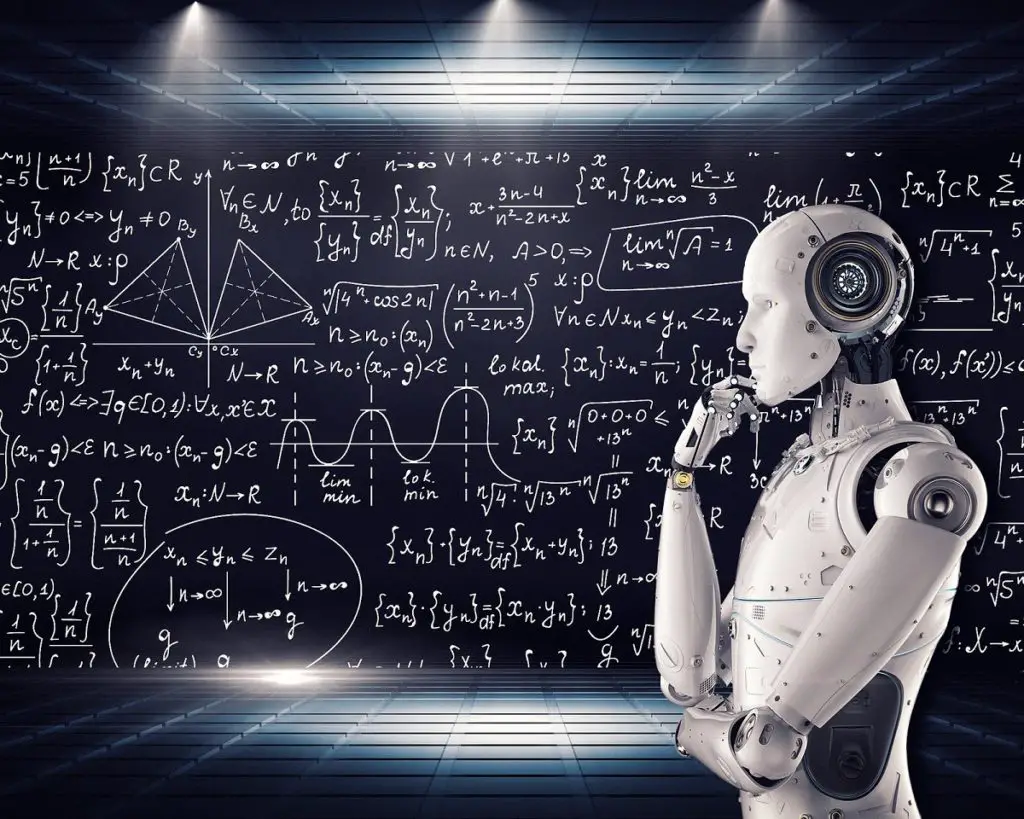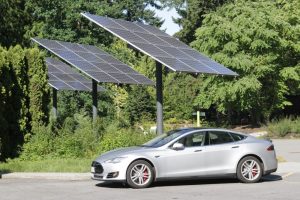To this day, experts have yet to agree on a universally-accepted definition for the word “robot.”
The usual criteria include autonomy, an ability to alter its surroundings, intelligence, and the possession of a body. Things get tricky beyond these basic principles.
How intelligent must a machine be to qualify as a robot? Is a washing machine a robot?
Despite the lack of clear definitions, fears over how robots might one day change our lives are a staple in folklore and science fiction. And unlike the definition for the word itself, our suspicions are entirely unequivocal.
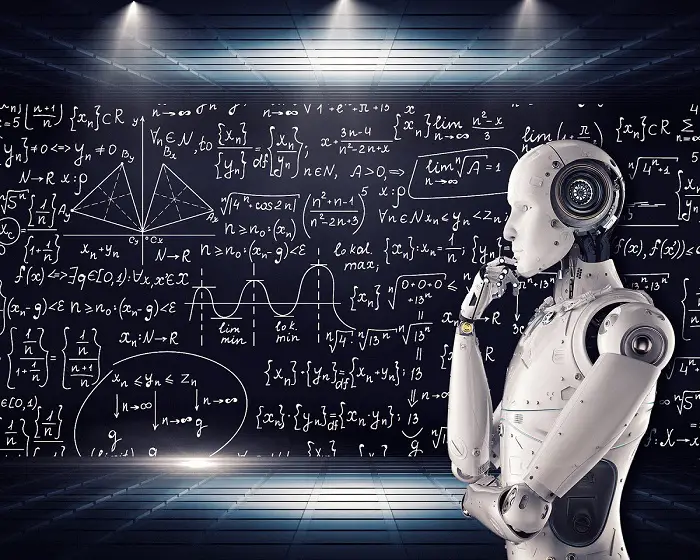
Contents
Robots Will Change Our Lives
In Greek mythology, Hephaestus created the giant bronze warrior, Talos, to defend Europa and Crete. The huge automaton hurled boulders at passing ships.
More recently, Hal from 2001: A Space Odyssey wanted to murder his masters. Ava from Ex Machina actually did kill her maker.
Of course, these imaginings did not focus on the broader, and potentially more significant, social effects of artificial intelligence (AI).
They do not explore the ways robots could affect how we humans interact with one another – or how they might one day save human lives.
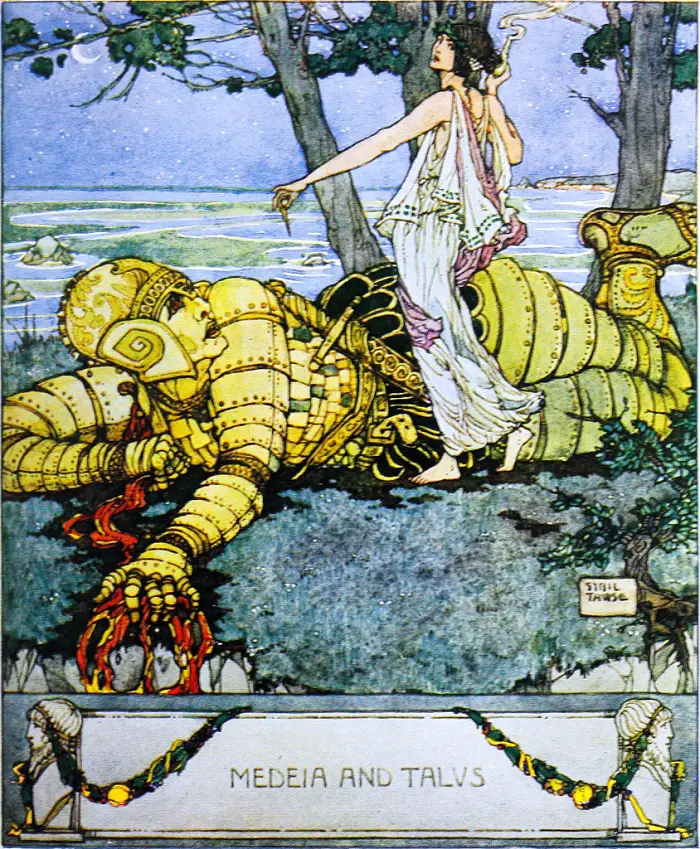
Sweeping advances in technology had previously changed the way we live and interact. The invention of agriculture between 5,000 and 10,000 years ago meant a less nomadic existence for people.
Some researchers have even suggested we actually shrank and became less hardy as a result of our new circumstances as farmers and traders.
Now, increasingly, we hear experts say the next great transformation just might come with the entry of advanced robots and AI into our society.
Quick, Sturdy, and Capable
Judging from the spectacular advances we’re seeing in the field of AI and robotics today, the notion might not be too far-fetched.
For instance, consider the dog-sized jumble of wiring and bolts that is drawing crowds at the Massachusetts Institute of Technology (MIT) campus in Cambridge.
Like its namesake in the African savannah, the four-legged Cheetah III weighs about 90 pounds and is quick, sturdy, and capable.
The robot can leap over obstacles and move through difficult environments. It can go almost anywhere a human can go with minimal supervision.
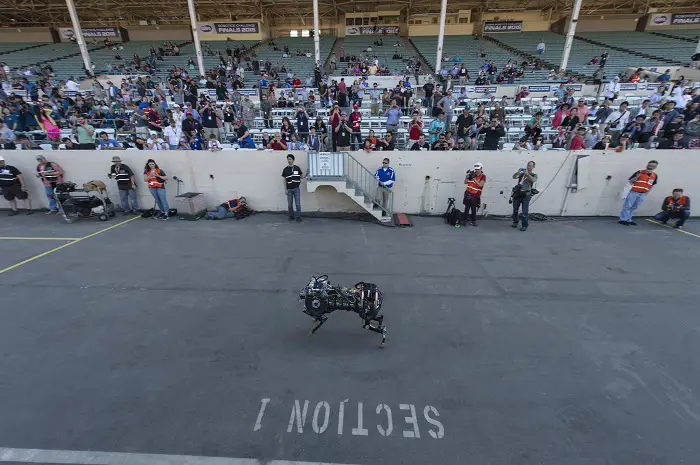
“Versatile Tasks”
In fact, the plan is for the robot to venture where humans can’t – like deep inside power plants for inspections, says an MIT news release. This early, many declare that the Cheetah III is the first responder of the future.
“Cheetah 3 is designed to do versatile tasks such as power plant inspection, which involves various terrain conditions including stairs, curbs, and obstacles on the ground,” says the robot’s creator, Sangbae Kim. “I think there are countless occasions where we [would] want to send robots to do simple tasks instead of humans. Dangerous, dirty, and difficult work can be done much more safely through remotely controlled robots.”
First Responder of the Future
Kim and his team used algorithms and sensors to give the robot proprioception. That is a sense of where its body is in space. The robot’s recent upgrades include changes to its hardware that allow it to stretch and twist.
Cheetah III also has new predictive algorithms that help the robot change its gait to keep from tripping or falling over.
Kim is pleased with the progress his team has been making with the robot.
The young MIT associate professor believes that 15 to 20 years from now, the world will see the Cheetah III’s successor enter burning buildings to rescue people.

The Flirtey Eagle
Meanwhile, some 4,600 kilometers away, the Nevada-based drone delivery start-up, Flirtey, has launched a new delivery drone, the Flirtey Eagle.
The company has released footage of the drone humming above neighborhoods to perform automated defibrillator deliveries.
The video indicates that the flying bot isn’t merely a glorified food delivery service. It’s going to be a lifesaver.
The new drone, landing platform, and software combine for a system that can operate in 95 percent of wind and weather conditions, making it highly reliable. The Eagle safely delivers packages by lowering a tether while the drone hovers in place.
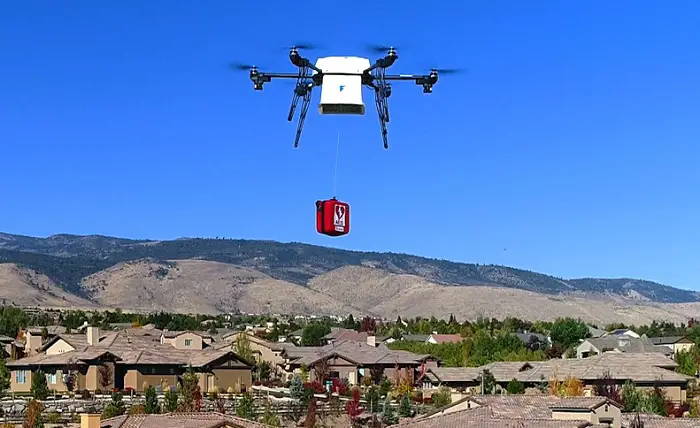
“Lifesaving Deliveries”
The company’s autonomous software platform controls the robot. The Federal Aviation Administration (FAA) has approved the multi-drone delivery system for operation in the United States.
A single remote pilot can simultaneously oversee ten Flirtey drones, the company says. The Flirtey Portal, a takeoff and landing platform, fits into a parking space.
Flirtey says it plans to conduct drone deliveries to US homes with a view of addressing a $100 billion global last-mile drone delivery market.
“Flirtey is now on the fast-track to begin lifesaving automatic electronic defibrillator delivery and commercial package delivery to homes in the U.S. in 2020,” says Flirtey founder and CEO, Matthew Sweeny.
“Hello, Gorgeous!”
We have not given all robots as warm a reception as they have the Cheetah III and the Flirtey Eagle. Last year, people smeared barbecue sauce on Knightscope’s K5, a security bot patrolling the grounds of an animal shelter in the Mission District of San Francisco.
Reports say the vandalism was the work of locals, who suspected that the robot’s real purpose was to harass the homeless.
Later on, executives at a Margiotta grocery store in Edinburgh had to fire a humanoid named Fabio, a robot shop assistant, for spooking patrons.
Fabio learned the first rule of dating the hard way, coming on too strong, too early. The machine offered shoppers hugs and greeted them with a loud, “Hello, gorgeous!”
We seem to have given the Cheetah III and the Flirtey Eagle the benefit of the doubt. We are not quite there yet, but the two robots just might be the precursors of thinking machines that make life-and-death decisions for humans.
This early, some argue that might not be such a bad thing.

